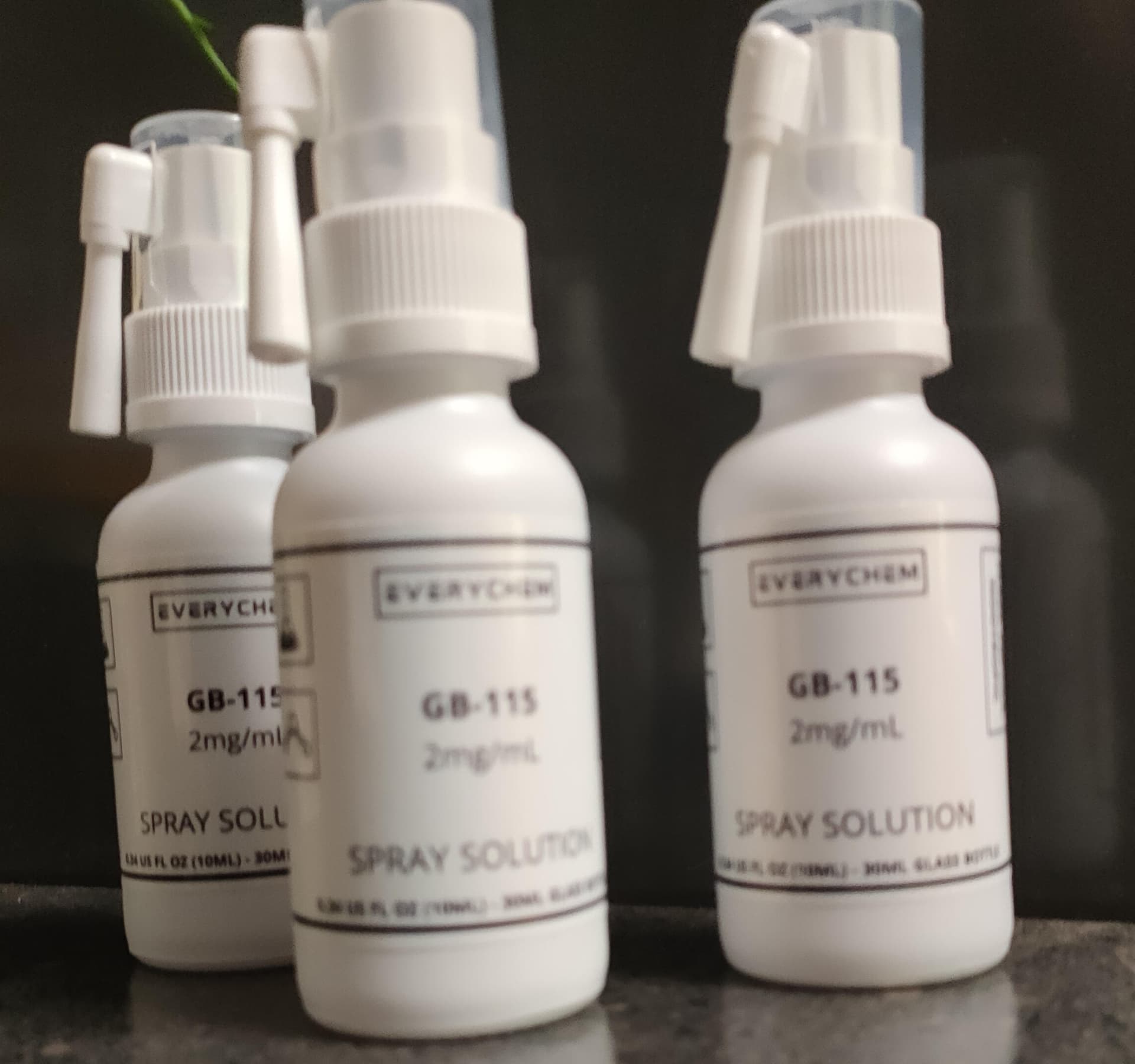Oxytocin could be injected, the nasal spray seems to be the standard way to use low dose OT. The thing with some peptides is that after months of use, it becomes one’s new normal. It is probably still doing the job, but being happy and less stressed is now my new normal so it it really working?
Kind of like when schizophrenic’s feel better and stop their meds. They thought they were all better and didn’t need the meds anymore because they became “normal”. I’ve seen this in more than 1 person.
I have no experience with KLOW (KPV + TB500 + BPC 157) so no idea on why there are reports of insomnia. If I was to guess it would be the KPV peptide because the GKH-cu in GLOW doesn’t do that.
Lots of experience with GLOW (GHK-cu + TB + BPC)
I am getting some KPV in though
Many people cycle on and off various peptides due to the potential for desensitization. The problem I see with that, this idea is primarily “cautionary” with no clinical evidence in humans that I can find. How did this idea come to saturate the influencers and internet? This cautionary approach comes from the methodology used in clinical trials and has carried over to non-trial use.
Many aspects of early clinical trials are managed with an eye to extreme safety. Once a compound passes clinical trials much more data is available to sort out factors like safe dosing, dose cycles, etc.
Chronic use is one of those cycling factors and it’s not always related to “desensitization” as many compounds, when used chronically, can have side effects so they are used acutely.
In some instances I can be cautious, but with peptides and their typically short half lives I don’t feel that it’s necessary. Consider that our body makes 7,000 different peptides, peptides are life. If the peptide being used is bio-identical to the one produced in our body I personally don’t see desensitization as a real issue. The real issue is that my body as it ages produces less of the good stuff and seemingly more of the bad stuff, so I “supplement” the good stuff to combat the bad stuff.
Consider that there is now significantly more types and much longer lasting GLP1’s used in tens of millions of people over the past 14 years with no sign of “desensitization” with this highly modified peptide. I have asked Perplexity why would our body become desensitized to the peptides our body makes?
I’ve used Perplexity to try and understand this aspect and it comes back with the “safety” factor almost every time and how it’s related to the way clinical trials are run. Then it references “influencer” opinions on this which are not based in the actual science, just their opinion. Which seems to be itself influenced by clinical trial methods of safety.
I have yet to see enough or any real clinical data in humans with the top 15 commonly used peptides to indicate this is a real problem.
With the hGH stimulating combo I have been using 5 nights a week for over 2 years, I get a reaction every time I use it. Last night, the exact same reaction I got when I started. If that reaction ever went away I would suspect desensitization or a weak peptide. But that has not happened.
If anyone can find actual human study data on desensitization of bio-identical peptides, I’d love to read it.
